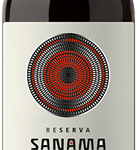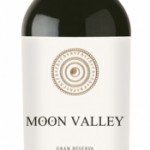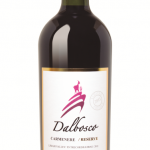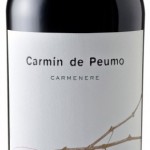Nativa, Organic “Community Blend”
CLP
Nativa, Organic, Community Blend, 750 ml
Variété: Assemblage
Viña Nativa, Vallée Centrale
Composition: 40% Cabernet Sauvignon, 20% Carménère, 15% Durif, 15% Carignan et 10% Petit Verdot.
Vintage: 2015
Oenologue: Sebastián Labbé
Jumelage: A wine to pair with a Duck Confit. Plat de canard classique, durci, poché, et stockée dans la propre graisse du canard. Servir à 16-18 ° C (60-68°F).
Dégustation:
Couleur: This blend has an intense and deep purple colour.
Arômes: The nose is dominated by pure ripe fruits such as blueberries, blackcurrants, dark cherries and gentle graphite notes.
Bouche: The wine is elegant and complex with the oak beautifully integrated to the fruit core.
Valeur de référence – Cas de 9 litres – équivalent à 12 bottles of 750 cc.
Free on board (FOB) at Valparaíso docks, à partir de (USD) US $ 100 to US$ 120.-
Description du Produit
Nativa began in 1995 as a part of Viña Carmen and four years later, à 1999, Nativa produced the first Chilean wine made with certified organic grapes. Today the Nativa wines are made from grapes grown in both sustainably managed and certified organic vineyard The Terra range adheres to the Sustainability Code by Wines of Chile. This code monitors sustainable practices in the vineyard, winery and offices as well aiming to improve social conditions of their employees through various community projects.
Vignobles
The organically grown grapes (Carménère, Cabernet Sauvignon, Carignan and Petite Sirah and Petit Verdot) for the Community Blend come from Maule, situé 270 km au sud de Santiago. Maule is dry offering ideal conditions for organic viticulture. It is also home to old dry farmed bush vines giving intensity and concentration to the wines from this region.
Vintage Information
2012 was marked by higher than average temperatures through the entire summer and growing season. This resulted in an overall acceleration of the ripening process, with high natural sugars and low acid levels emerging. An absence of rainfall during the season saw the development of excellent phenolic ripeness, especially in red grapes.
Vinification
All varieties were hand harvested and fermented separately with indigenous yeasts. After fermentation the grapes were basket pressed and then transferred into oak barrels for malolactic fermentation and maturation. The wines spent 12 months in French oak barrels before blending and bottling.





